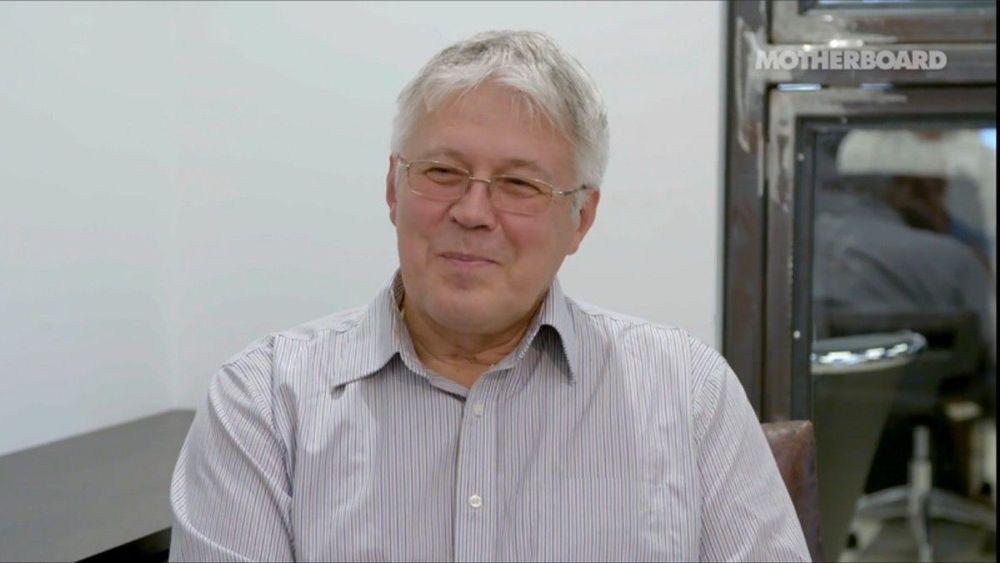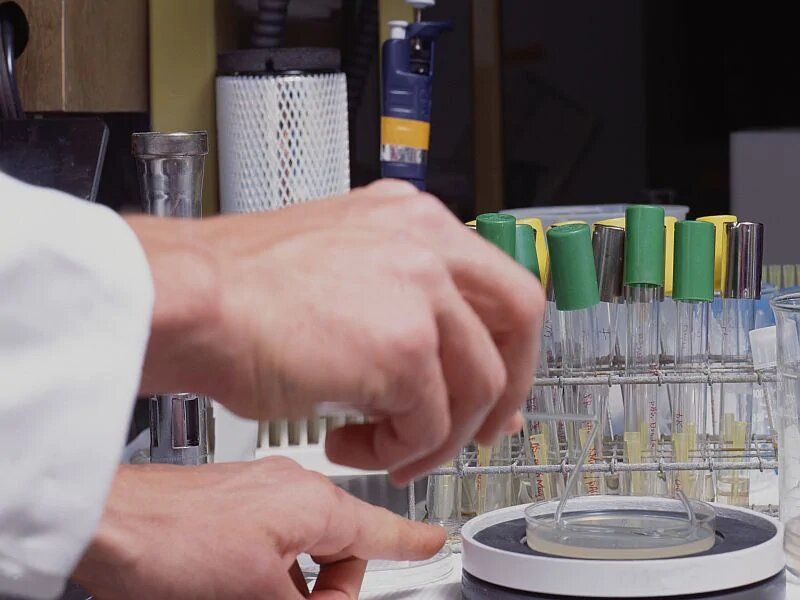PATREON https://www.patreon.com/transhumania
FACEBOOK https://www.facebook.com/Transhumania-260675131517616/


Bacterial vaginosis is a common infection in women that’s usually easily treated with antibiotics. But for those who develop recurrent infections, treatment options have been limited.
Now, Israeli researchers report they were able to put recurrent infections into remission in four out of five women who received a “vaginal microbiome transplant.” The transplant consisted of healthy bacteria collected from the vaginal fluid of donors without the condition, the researchers explained.
“Bacterial vaginosis, while not life-risking, is an exceedingly common female disorder that bears a severe toll on women’s lives, including severe discomfort, reduced self-esteem, problems in intimate relationships, social segregation and a variety of risks of developing infectious gynecological and obstetric complications,” said the study’s senior author, Dr. Eran Elinav.

And the experiment could help end hunger here on Earth.

If we want to colonize Mars, we’re going to need to figure out a way to feed ourselves there, and continuously sending food to the Red Planet isn’t a sustainable plan.
But now, a team of researchers thinks it’s figured out a way to produce enough food on Mars to feed a million people — and they say their plan to make Martian colonists self-sufficient would take just a hundred years to implement.

Tesla CEO Elon Musk has a weak spot for potty humor.
First, the carmaker introduced a “fart app” for its electric vehicles, which generates rude bathroom sounds.
Now, Musk says Teslas will soon be getting “customized horn and movement sounds,”— including “goats” and “farts,” according to a emoji-laden Sunday tweet.


When it comes to regeneration, some animals are capable of amazing feats — if you cut the leg off a salamander, it will grow back. When threatened, some geckos drop their tails as a distraction, and regrow them later.
Other animals take the process even further. Planarian worms, jellyfish, and sea anemones can actually regenerate their entire bodies after being cut in half.
Led by Assistant Professor of Organismic and Evolutionary Biology Mansi Srivastava, a team of researchers is shedding new light on how animals pull off the feat, and uncovered a number of DNA switches that appear to control genes for whole-body regeneration. The study is described in a March 15 paper in Science.
